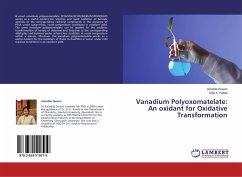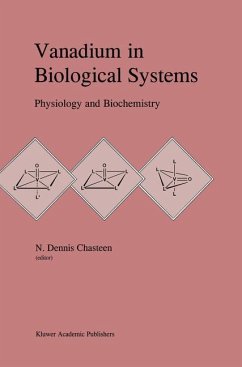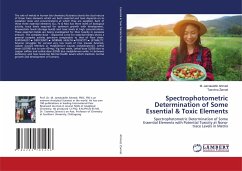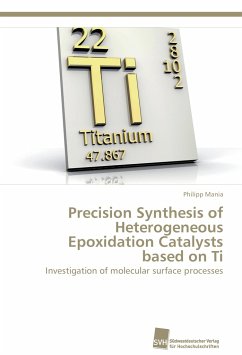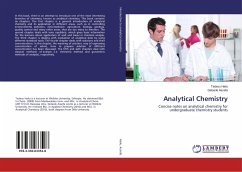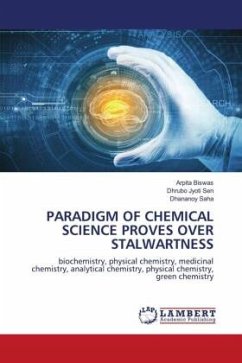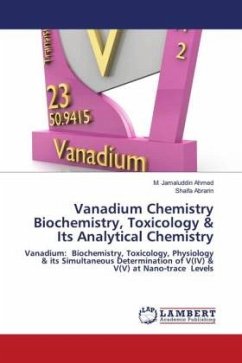
Vanadium Chemistry Biochemistry, Toxicology & Its Analytical Chemistry
Vanadium: Biochemistry, Toxicology, Physiology & its Simultaneous Determination of V(IV) & V(V) at Nano-trace Levels
Versandkostenfrei!
Versandfertig in 6-10 Tagen
38,99 €
inkl. MwSt.

PAYBACK Punkte
19 °P sammeln!
The role of vanadium in human bio-chemistry illustrates clearly the dual nature of those trace elements which are both essential and toxic depends on its oxidation state and concentrations at which they are supplied. Vanadium in trace amounts is important industrially, as a biological nutrient, epidemiological preventive, toxicant, environmental pollutant, and occupational health hazard. It is represented as essential element for normal cell growth but it can be toxic when present in higher concentrations. However, vanadium plays an important role in physiological systems including normalizati...
The role of vanadium in human bio-chemistry illustrates clearly the dual nature of those trace elements which are both essential and toxic depends on its oxidation state and concentrations at which they are supplied. Vanadium in trace amounts is important industrially, as a biological nutrient, epidemiological preventive, toxicant, environmental pollutant, and occupational health hazard. It is represented as essential element for normal cell growth but it can be toxic when present in higher concentrations. However, vanadium plays an important role in physiological systems including normalization of blood sugar levels and participation in various enzyme systems as an inhibitor and co-factor of oxidation of amines. Vanadium is more important in marine environment than terrestrial. It's compounds can be highly toxic to human and animals and cause serious diseases106. The literature reports that the toxicity of vanadium depends on its oxidation state, V(V) being more toxic than otherspecies. Therefore, the speciation of Vanadium (IV) and Vanadium (V) is current interest to Analytical, Clinical and Pharmaceutical Scientists. Maximum Allowable Concentration of Vanadium is 50-µgL-1



